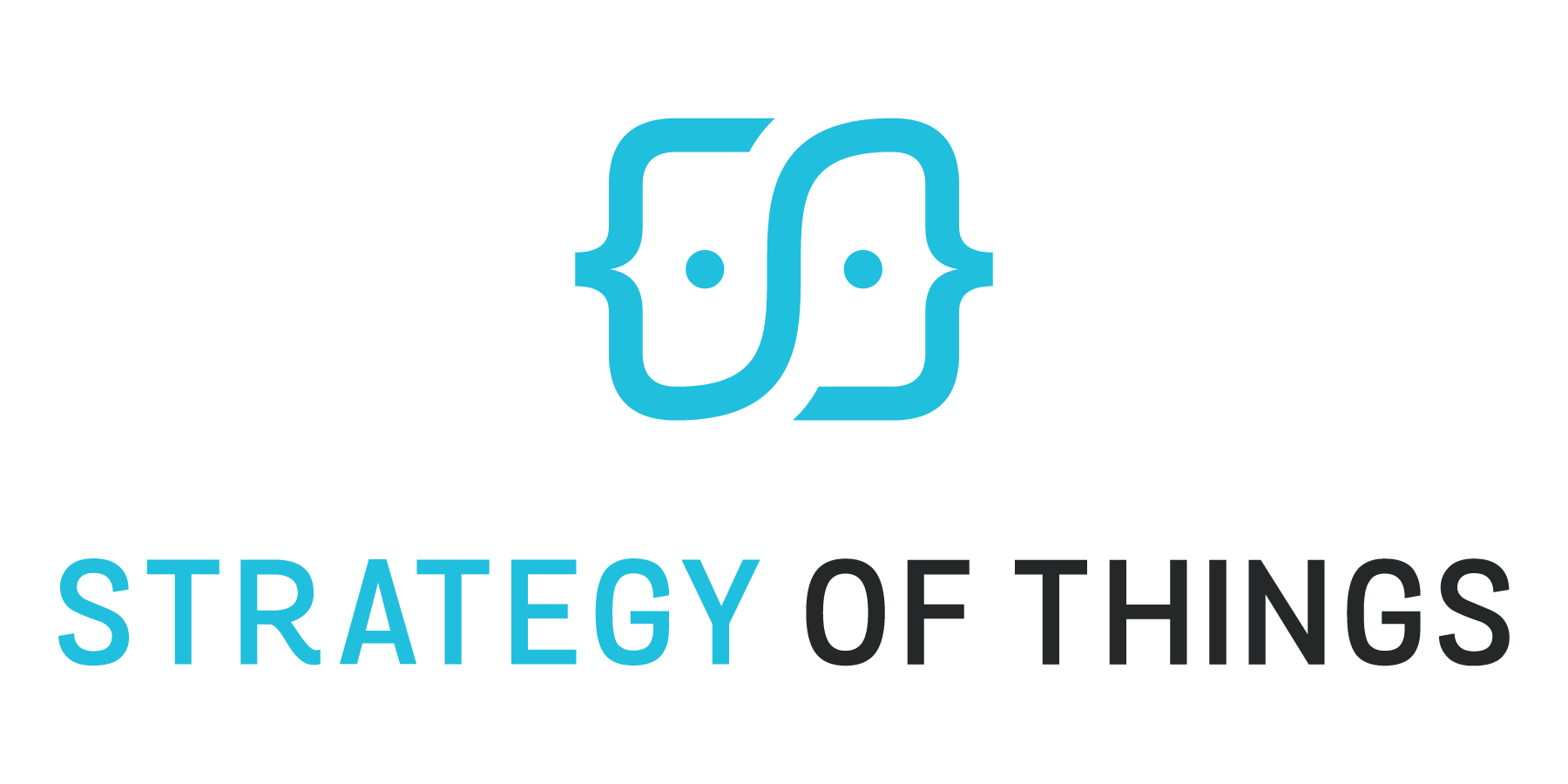Recently, I met with key executives from an industry trade group to discuss disruptive innovation in Silicon Valley.
One key concept I shared with them is that although many people equate innovation with technology, innovation occurs along one of more of the following paths at the same time:
- Customer experience
- Product
- Technical
- Services
- Business model
Now let’s describe these five types briefly, so that you know what they are. The more of these paths the innovation occurs on, the more disruptive it will be.
Customer Experience
Customer experience is determined by how a customer uses a product, service or people to do something. The customer and the “value giver” performs a series of steps (“the process”) and interact in person or through technology to complete the tasks.
Customer experience innovation transforms the “customer journey”. It re-imagines how a customer uses a product or service. It uses data collected to create new processes, business partnerships, organizations and technology to support the new journey.
Some examples include:
- Apple iPod/iTunes changes how we buy and listen to music
- Uber changes how we go from one place to another
- Netflix changes how, what and when we watch TV and movies
- Amazon Echo (“Alexa”) changes how we control and use devices
Product
Product innovation transforms how a product provides value for the user. It focuses on functionality and not technology, although it may be enabled by new technology or a service. This means more features to do new things, enhanced features to do current things better, or different form factors for new uses.
Some examples include:
- Smart phones change what we do with mobile phones
- Microwave ovens change how we cook meals
- E-mail changes how we communicate and stay in touch
Technical
Technical innovation is what most people think of when they hear the word “innovation”. It is often used in place of “product innovation” but they are not the same. Technical innovation transforms the enabling techniques and is not specific to a product or application.
Some examples include:
- Machine learning
- Virtual reality
- Global positioning
Services
Services innovation transforms how, what and when a service is rendered, and who it is being offered to. It enhances a current value, or creates an entirely new value that was not possible before. A product can also be transformed into a service (e.g. car rentals).
Some examples include:
- Software-as-a-Service changes how we buy software
- Uber changes how we go from one place to another
- Amazon Web Services changes corporate IT infrastructure
Business Model
A business model describes how an organization creates and delivers value to its customers. It is defined by nine parts – customer types, value to customer, sales channels, customer relationship types, revenue sources, operating resources, operational activities, key partnerships, and cost structure.
Business model innovation transforms these nine parts to create to enhance or create new value to existing customers or to an entirely new customer base.
Some examples include:
- Amazon Web Services “IT pay for what you use” model
- ZipCar “car sharing” model
- Apple iPhone app ecosystem model
Key Management Takeaways – 5 types innovation
Now that you know about the five types, I will share three quick points to guide you as you plan your strategy.
Consider all five paths. Innovation rarely occurs along a single path. For instance, Uber innovates around customer experience, service, technical, and business model. Whether you create or use innovation, it’s good practice to review the various paths to realize its full potential.
The more paths are being transformed, the more disruptive the innovation will be. Disruption occurs when innovative products and services are offered in an innovative manner through sustainable and profitable innovative business models. Innovations can be incremental or disruptive.
Use the Business Model Canvas to help you understand the impact. Study the nine business model elements to determine what paths to innovate on. The business model canvas template is a good starting point and can be downloaded here. I will discuss how to use this template in a future blog.
Thanks for reading this post. If you found this post useful, please share it with your network. Please subscribe to our newsletter and be notified of new blog articles we will be posting. You can also follow us on Twitter (@strategythings), LinkedIn or Facebook.


3 thoughts on “Innovation is not just about technology – the five types of innovation all managers must know”
There are a number of firms that innovate around technology and science, so I don’t want to downplay the importance of technology in innovation.